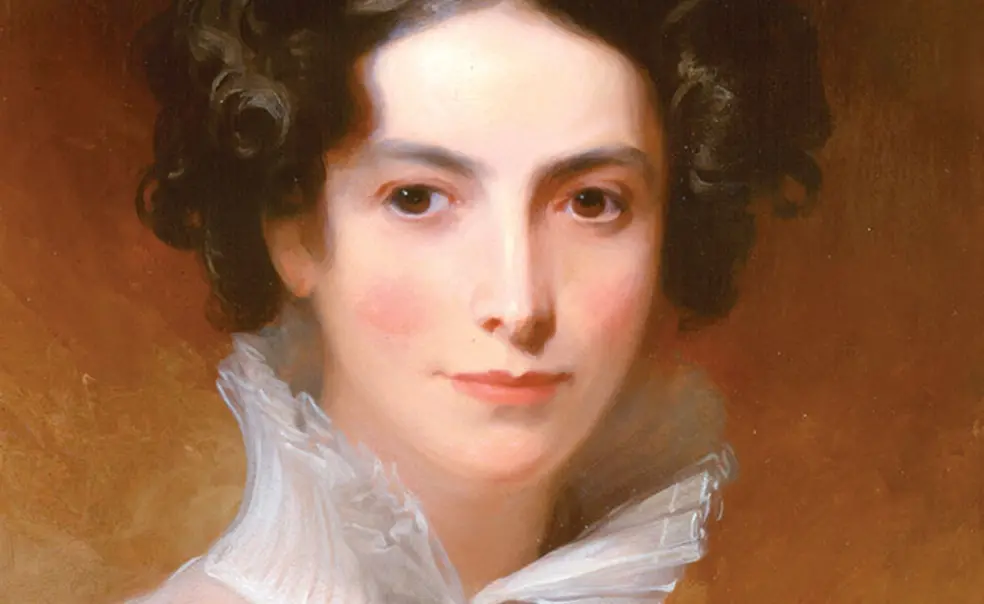Exhibition Offers a Historical Look at Jewish Role in American Culture
Opens Feb. 13 at the Art Museum
As Princeton prepares for its first gathering of Jewish alumni in April, a new exhibition at the art museum considers the role of Jews in early American life. Organized by the University Library, “By Dawn’s Early Light: Jewish Contributions to American Culture from the Nation’s Founding to the Civil War” explores the cultural achievements of Jews in the 18th and 19th centuries.
The 160 objects in the exhibition, which opens Feb. 13, include novels, paintings, maps, prayer books, manuscripts, religious objects, and scientific treatises. Among the oldest is a 1650 book, written for the New England Missionary Society, reflecting a belief that Native Americans were members of the 10 Lost Tribes of Israel. Another early item is a 1669 sermon by Increase Mather — Massachusetts Bay Colony Puritan divine, Harvard president, and father of Cotton Mather — on the “general conversion of the Israelitish nation.”
The show casts an eye on Jewish life in the Caribbean, where the first Jewish settlements in the New World were located. A 1718 map shows the density of Jewish settlements in Suriname. As late as 1800, the Jewish population of Jamaica outnumbered that of the United States. A number of items in the exhibition, including a Jewish magazine launched in Kingston in 1844, reveal the vitality of Jewish cultural life there.
In the new republic, Jews were embraced by a number of prominent figures. The exhibit showcases an 1818 letter from Thomas Jefferson that denounces anti-Semitism and suggests that education could help the Jewish community fight prejudice. This acceptance allowed Jews to enter national debates on topics such as women’s rights and slavery. Also on display is an address endorsing slavery that David S. Kaufman 1833, a U.S. congressman from Texas, delivered before the American Whig and Cliosophic societies in 1850.
Religion is a key theme of the exhibition, which explores “the multiplicity of ways that Jews sought to adapt Judaism or preserve tradition in a land of religious liberty,” curator Adam Mendelsohn said. Among the items pointing to the development of Reform Judaism in the United States is an 1825 prayer book of the Reformed Society of Israelites that was aimed to make the Sabbath service more appealing to Americans.
“By Dawn’s Early Light” spotlights 53 items loaned from the personal collection of Leonard Milberg ’53, as well as 46 objects that he has donated to the University over the years. Milberg has made numerous gifts in support of the arts and history at Princeton, including vast collections of Irish poetry, theater, and prose.
Milberg’s continued support of early American Judaica will have a lasting impact on the University, co-curator Dale Rosengarten said, noting that it has “made Princeton one of the great repositories” in the field. The exhibition runs through June 12.












No responses yet